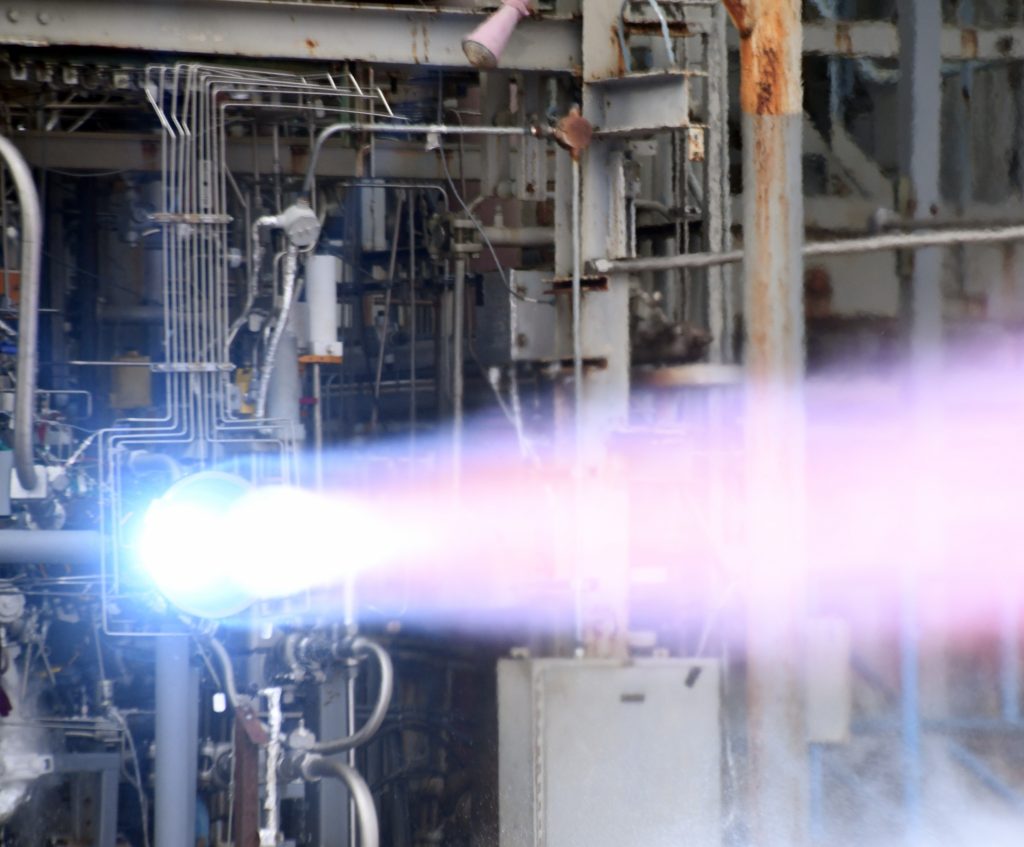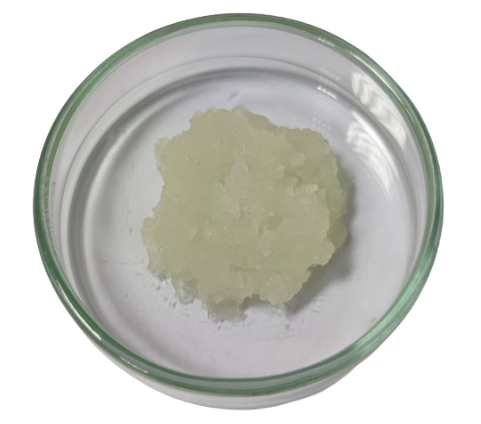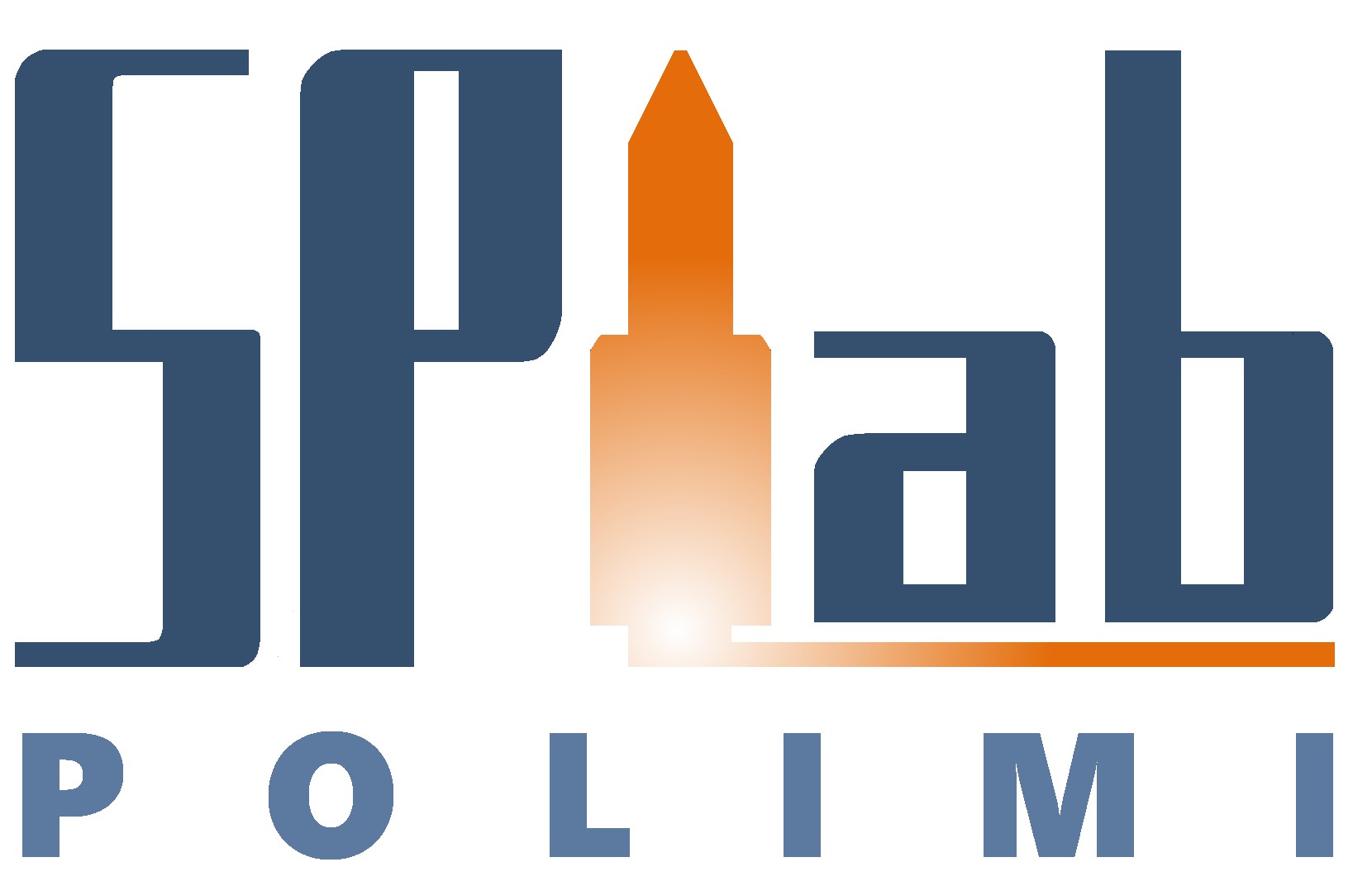Liquid propulsion
Liquid propulsion is one of the most important technologies currently in use. It comprises both primary (up to mega-Newton level thrust) and secondary propulsion (down to less than one Newton thrust), offering several appealing advantages in terms of high performance and operational flexibility.
We can roughly classify this propulsion technology on the basis of the component number:
- Monopropellants are those systems that use a single propellant to generate thrust. Typical systems are based on liquids that dedompose exothermically, which products are then expanded in the gas dynamic nozzle.
- Bipropellants use an oxidizer and a fuel burning in a combustion chamber and generate high temperature gases to expand through the gas dynamic nozzle.
According to the storability of propellants, three main families can be identified:
- Cryogenic systems use propellants having their critical temperature below the ambient one.
- Storable systems employ propellants that can be stored at ambient temperature.
- Semi-cryogenic systems mix the two aforementioned categories

Featured Research Topics

Catalysts for Hydrogen Peroxide Decomposition
Low-cost catalysts for low-cost solutions. Development and testing of catalysts based on manganese oxides.
Hypergolic Propellants
Development of green bi-propellant solutions based on hydrogen peroxide capable of hypergolic behavior, with ignition delay comparable to typical toxic storable couples.

Gelled fuels
New fuel compositions with specific rheological properties.

Design and optimization
DRAGON - liquiD pRopulsion stAGe pROfile modeliNg.
Flexible in-house code for optimization of liquid propulsion systems in space launchers and missiles.

Acknowledgement
The research on hydrogen peroxide catalysts is part of the activity “Low environmental impact technology solutions for space access”, performed within the “MUSA – Multilayered Urban Sustainability Action” project, funded by the European Union – NextGenerationEU, under the National Recovery and Resilience Plan (NRRP) Mission 4 Component 2 Investment Line 1.5 (Strenghtening of research structures and creation of R&D “innovation ecosystems”, set up of “territorial leaders in R&D”).
